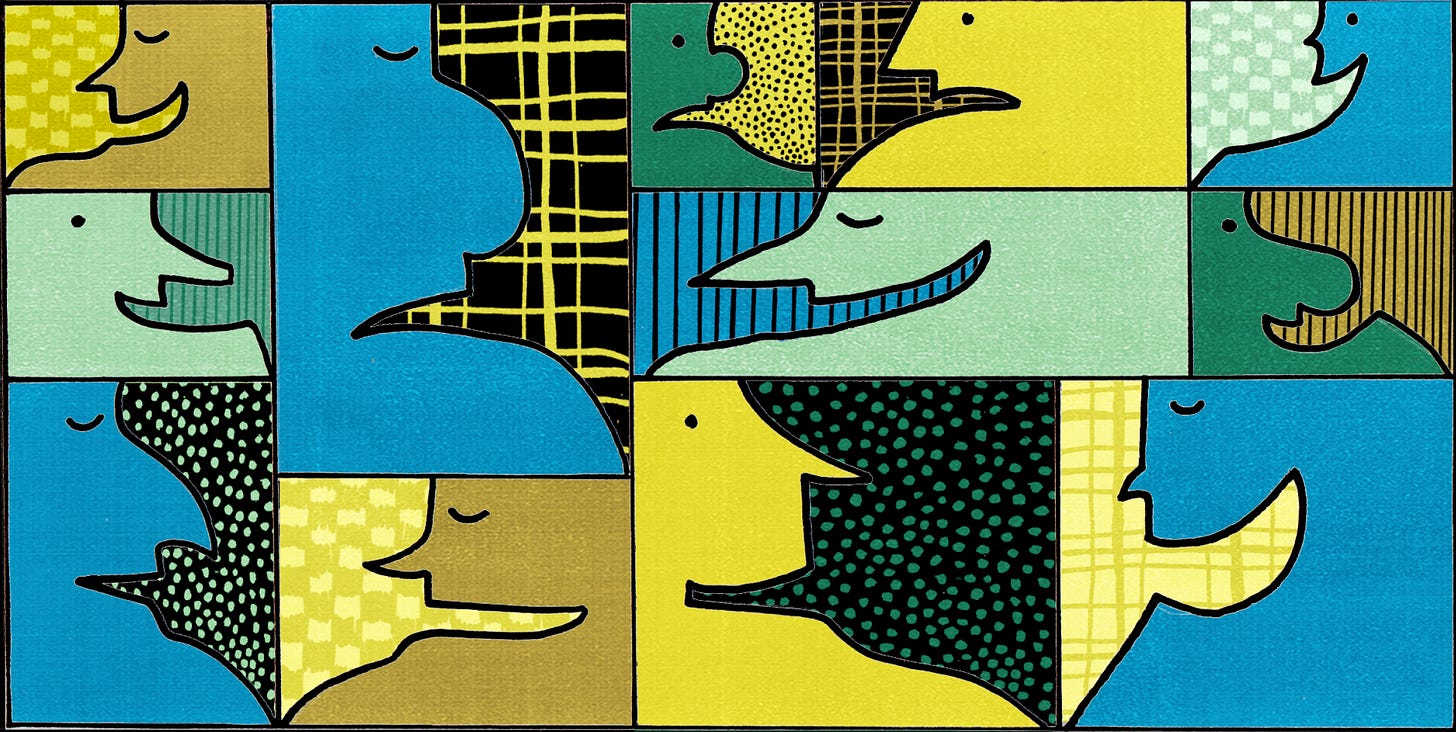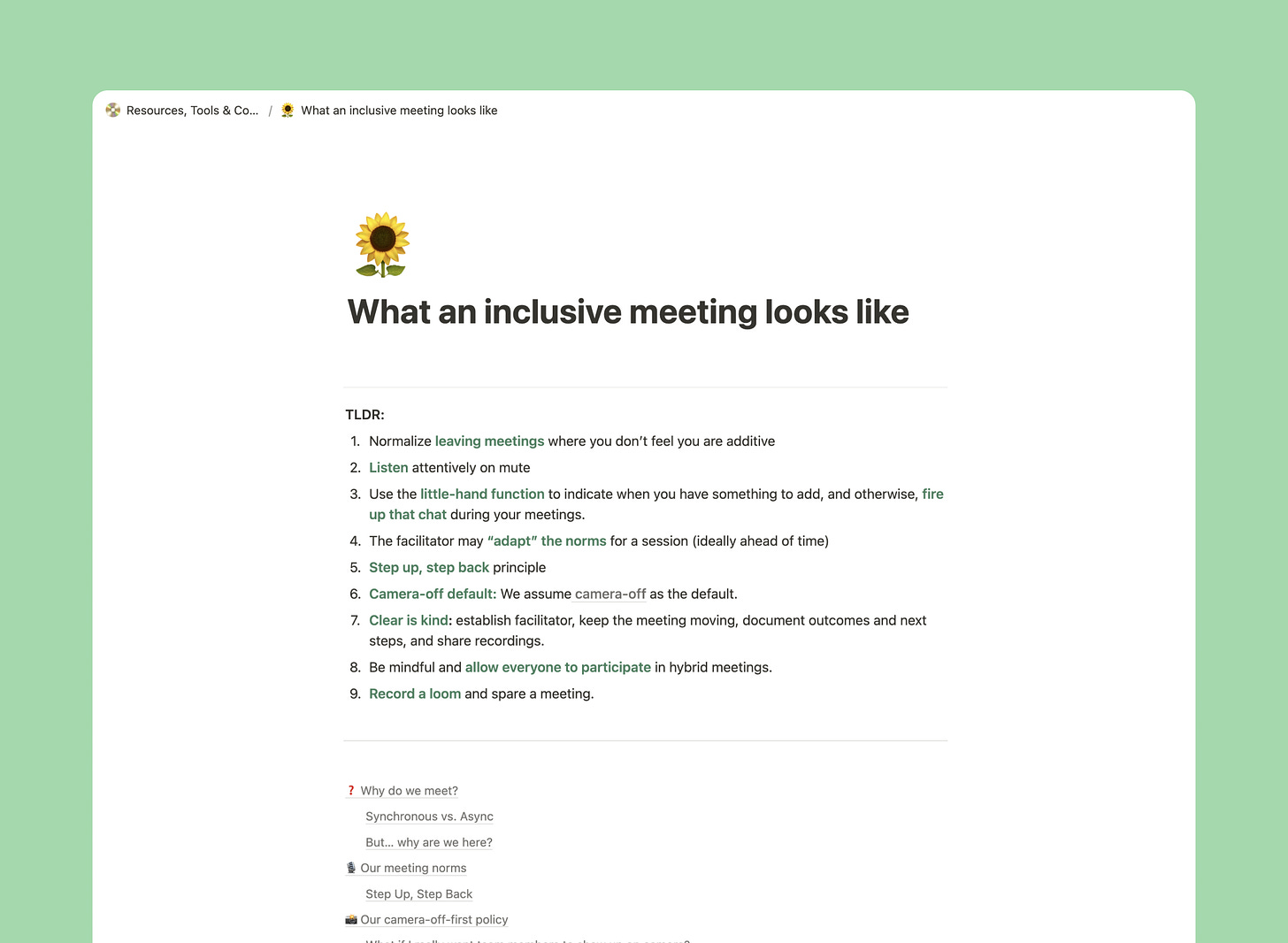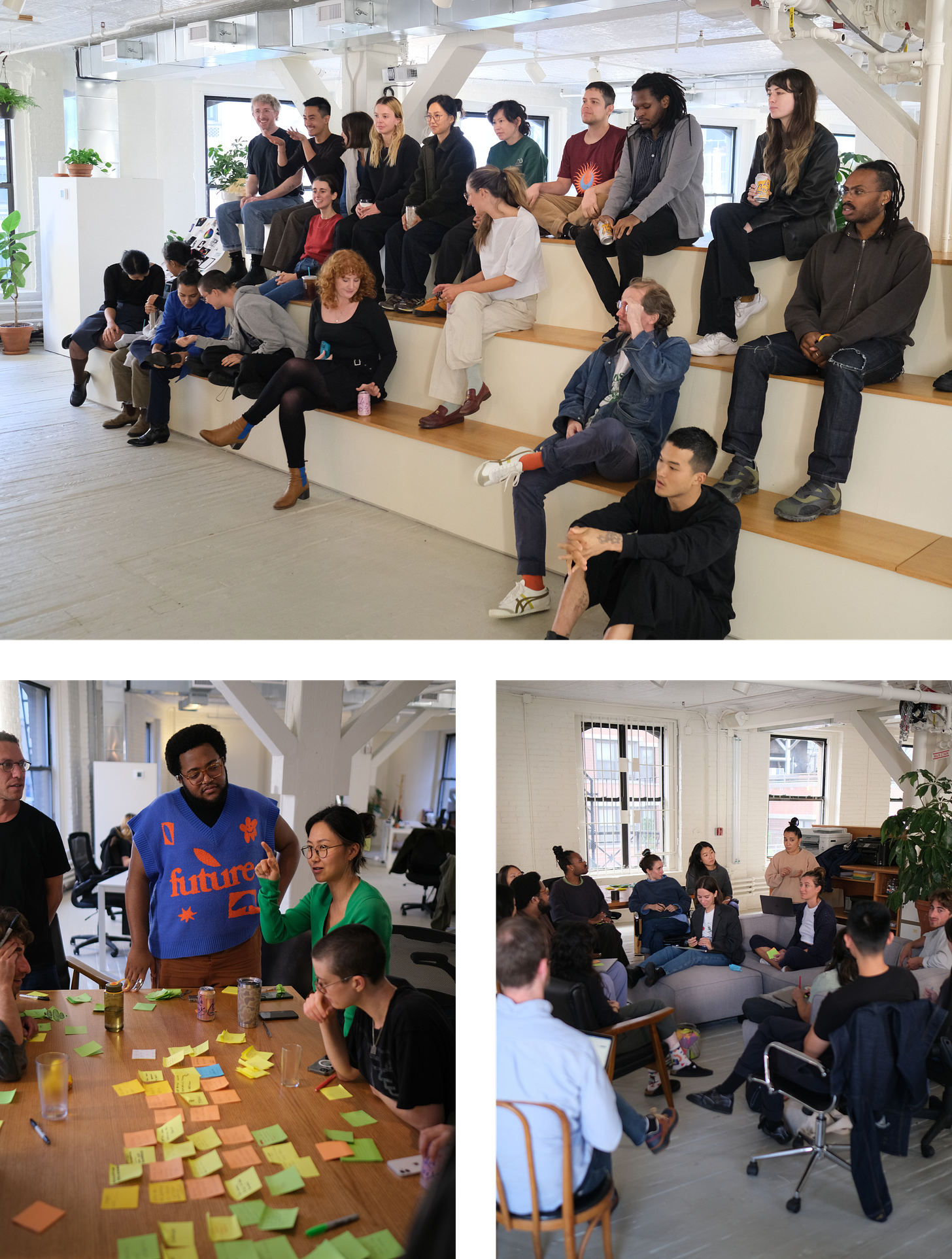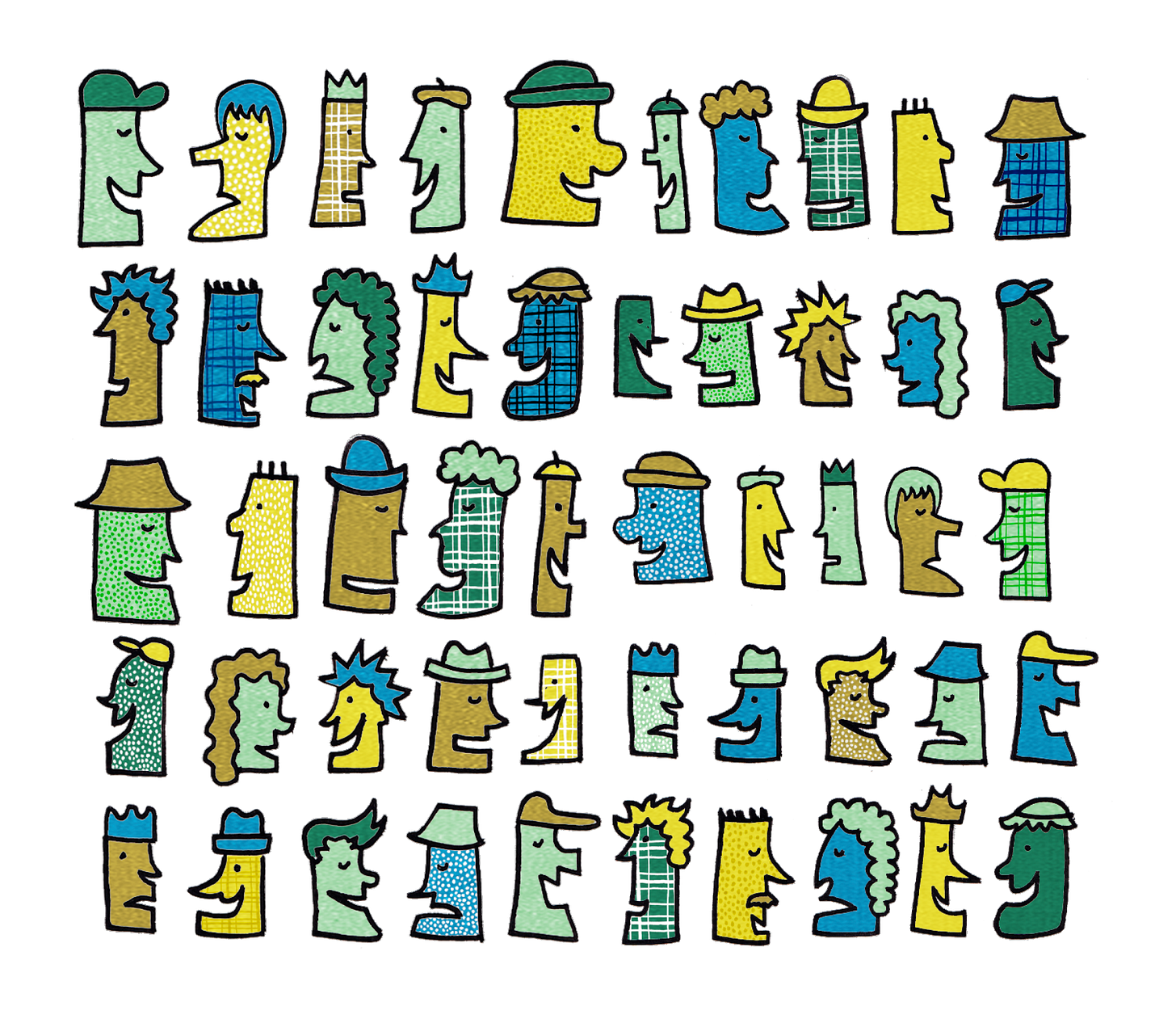garden3d DEI Report 2023
First up! What is garden3d? And why are we doing this?
garden3d is a collective of creative businesses, currently consisting of:
XXIX, our design studio
Sanctuary Computer, our development studio
Index, our community center
Seaborne, our sustainability consultancy
Starting last year, garden3d has committed to releasing a Diversity, Equity, and Inclusion (DEI) report each year. By releasing this data, we can increase visibility across the studio, and actively make progress and meaningful change based on actual data. Read last year’s report here →
How we define DEI at garden3d
In general, Diversity, Equity, and Inclusion is defined as:
Diversity, the presence of differences within a given setting.
Equity, the process of ensuring that processes and programs are impartial, fair and provide equal possible outcomes for every individual.
Inclusion, the practice of ensuring that people feel a sense of belonging in the workplace.
(source: BuiltIn)
Rather than defining OKRs or setting diversity quotas, our DEI work at garden3d is centered on creating a safe and equitable space that includes and encourages all people to be their true selves. We use this framing as a way to avoid disingenuous or tokenizing behavior.
To accomplish this goal, we’ve chosen to use the BICEPS framework as the guiding philosophy behind our DEI work. BICEPS focuses on addressing our core needs as humans: Belonging, Improvement, Choice, Equality/Fairness, Predictability, and Significance. By understanding each individual’s personal hierarchy of these needs and working to meet them accordingly, we create a more inclusive atmosphere for everyone.
The power of this framework is that it suggests an individualized approach rather than a standard one, allowing us to meaningfully address the reality that we all don’t start from the same place. Through this work, we hope to enable everyone who works here to have the same access to opportunities and success.
Since our needs as people are not static, our DEI work cannot be either; rather, it is about continually shaping a fertile ground for diversity to flourish.
The Datazone
Disclaimer! In this section, we will be presenting data on the identities and backgrounds of the people in the studio, and visualizing the data in graphs. At garden3d, we have a strong philosophy in avoiding tokenizing or reactionary behavior, and this data is in no way intended to be used to rigidly filter applicants, or fulfill hiring quotas.
Rather, we collect and observe this data as one of many inputs, so to pick up on patterns over time that may tell a story, and ultimately help us understand our organization better. For instance, if we find a pattern in that specific gender identities, or skill levels, are leaving the company, we’re able to more easily identify the challenge, and work on a focused resolution.
In last year’s report, we included a fairly extensive data section which broke down the demographics of everyone who works at garden3d and analyzed how these number compare to wider trends in the tech industry as well as labor and census data more broadly. Since there has been very little turnover/hiring since the last report (our turnover rate this year was 6%, compared with a 12.9% average in tech and media, according to LinkedIn), this year’s data section will be much more brief, focusing in on our skill level breakdowns and how those are evolving over time.
Let’s start by looking at the skill level breakdown by racial background. For the most part, this data is pretty consistent with the results from last year, with a pattern of white (and male) employees outnumbering the higher skill levels at the company. This is consistent with wider industry trends, with 83.3% of US tech executives being white (Zippia).
We’re cautious in noticing that this trend has gotten even more pronounced over the past year, driven by white people climbing up the skill tree at a disproportionate rate compared with people of other racial backgrounds, with three white people progressing from Experienced Mid-Level to Senior, and two more progressing from Senior to Lead. These trends underscore the importance of the holistic skill tree audit that’s currently underway, and will be central in driving our priorities for the coming year in the DEI working group.
Looking at the skill level breakdown by gender identity, we see numbers consistent with the long-standing, industry-wide trend of men continuing to occupy most roles at the lead skill level, consistent with Zippia’s findings that men account for 79% of all executive tech roles. At garden3d, this is a small group of five, including our founders, and we're actively working to build further diversity into this group through our internal Apprentice Studio Coordinator program, and new hiring approaches.
We’re proud to say that our DEI work is having a more visible impact on our other skill bands! We now have parity between the men and women at the Mid-Level and Experienced Mid-Level skill bands, and the senior level in particular has seen growing gender diversity, with increases in the number of non-binary, agender, and transgender folks driven by individuals climbing the skill tree and people feeling comfortable opening up about their gender identities.
We also see women outnumbering men as the most dominant gender group in the senior skill band for the first time!
We also measured what percentage of our team identifies as belonging to different communities. Looking at this data, we’ve seen increases in number and percentages of people identifying with these groups across the board, likely driven by focused efforts to better support people belonging to these communities at our company. More on that in the next section!
What We’ve Accomplished this Year
At the start of this year, the DEI working group realized that the pace and scope of work we were tackling no longer felt sustainable, especially for those stewarding the group (see also: what is a working group at G3D?). To avoid burnout and ensure the bulk of our work wasn’t falling on our most marginalized teammates, group stewardship and note taking were made into two separate, rotating roles, assigned on a quarterly basis. We put guardrails in place to ensure that the current steward of the group is not assigned any major initiatives. We also decided to slow down our pace and focus on prioritizing the most relevant and impactful work.
Creating DEI Resources for our Team
For the first part of the year, we chose to focus on creating and sharing resources aimed to improve the DEI literacy of our entire organization and adding specific policies to support neurodivergent teammates in and outside of the US. This work culminated in a series of Equity & Empathy Salons, focused on walking everyone through our freshly minted Hub and creating space for teammates to share anecdotes about their personal journeys.
To support our neurodivergent teammates, our What an inclusive meeting looks like playbook instituted a camera-off-first policy. This policy gives people more privacy and control over stimuli and distractions which can be crucial in supporting neurodivergence and those with other disabilities. Beyond that, it grants everyone greater flexibility to get up and move from their desk while they work, and just generally frees people show up to meetings as they are without worry.
We also created a Timezone Guide to help cross-timezone teams function more empathetically and efficiently. For this issue, we felt it was important to give our team autonomy over how they handle working across timezones instead of being overly prescriptive. As a remote-first, distributed organization, out team has the flexibility to work from wherever they would like, whenever they would like, so long as they are able to attend all necessary internal and external meetings. We recommend that teams align on a team timezone and crossover window to minimize the risk of scheduling issues and make sure people are getting in necessary synchronicity, but it is really up to the team to decide what works best for them!
Skills & Compensation
In the second half of the year, we kicked off a holistic review of the two most prominent craft-based branches of our skill tree, the engineer and designer tabs. The skill tree is a competency matrix that we use as a central component of our salary setting process. Making sure our skill tree is as accurate and unbiased as possible is central to paying people equitably, which is why every single teammate is required to participate in this review process and share their feedback. As this review is still ongoing, we look forward to sharing any outcomes in next year’s DEI report!
BICEPS as a Measure of Success
We are also working to incorporate DEI and BICEPS-related questions into our biannual internal employee survey, so that we can keep tabs on how we are progressing toward our goals. This survey is a critical tool in keeping a pulse on how folks are feeling at the company and ensuring our working groups are prioritizing the most impactful work.
Last year, for example, we realized that our nontraditional organization structure and hierarchy created confusion around how and who to ask for help on projects or personal issues. In response, the DEI working group created the Escalation Roadmap, which consolidates information on what supports are available for a variety of possible issues and situations into a single place for easy reference.
Building meaningful connections
As our DEI work has progressed, we’ve realized that cultivating meaningful social connections with our coworkers is one of the most important ways that we can ensure everyone’s BICEPS are being met. Beyond just BICEPS, building strong relationships is also foundational to creating a culture of feedback. Our team’s elective book club read Radical Candor this year, which spurred the creation of the a new working group centered on growing a culture of feedback at garden3d, an initiative that intersects with many aspects of our DEI aims.
As a remote, distributed company, spending IRL time together is essential for us to foster connections within our team. This year, we opened Index NYC, a shared studio, event, and community space that the garden3d team has the option of working out of using our co-working stipend. We hosted our g3d 2023 Retreat at Index to celebrate the space’s first year in operation.
Beyond the connections that naturally come from working, eating, socializing and sharing space together in NYC, we also took an afternoon during the retreat to do an identity mapping activity together. We learned about aspects of our coworkers’ identities that we may not have known about before which lead to some great conversations about the contextual and often fluid nature of identity.
In the vein of building more IRL connections to bolster our sense of belonging and community, we’ve also started an events-focused queer-centered working group called Club Q. This group has been organizing queer hangs and happy hours around NYC, most recently partnering with New Inc for a happy hour mixer at Singers in Brooklyn!
Hiring
On the hiring front, we revamped our hiring process and developed internal guidelines for those involved in evaluating candidates and conducting interviews. This culminated in a document we call “Talking DEI” which captured months of reading, learning, and outside advisement on how the company could continue building an inclusive environment. We used this document to overcome one of the most daunting challenges with DEI work: the vocabulary. By focusing on how we talk about DEI and clarifying ways we don’t want to talk about DEI (e.g., no one is “diverse”; as a whole, we can become more or less diverse), we’ve been able to facilitate conversations around DEI with everyone on the same page.
These internal efforts coincided with an updated approach to hiring. We’ve begun publishing job postings on a wider range of platforms, like diversifytech.com, and conversely delaying publishing job postings on some platforms. Focusing on reaching a broader audience early in the hiring process helps us avoid having a homogeneous pool of candidates when we’re ready to begin interviewing.
When it comes to interviewing, we built a more robust interview process this year so that all team members can participate in interviewing candidates. We’ve also placed weight on the interview teams themselves being composed of a diverse group of people. Through this new process, we’re hopeful that the effects of conscious and unconscious bias can be minimized in evaluating candidates.
Moving forward
Next year, the DEI Working Group will hone its focus to one initiative per quarter. For our first initiative, we’ll work on allocation for our project leads, to ensure that project management responsibilities are shared equitably among team members. (See also: Managing is a Maker’s Skill)
We’ll also test a new rotation process where new members of the DEI Working Group are nominated to form a cohort for each quarter. Our hopes are for this process to reduce burnout in legacy members, and bring fresh perspectives to the group. We believe these changes will bring renewed energy to the group and create a sense of shared value by refreshing group participation each quarter.
Additional resources
Have you been keeping up with the G3D Substack? Here are some highlights from this past year:
Further reading
Illustrations in this article are by Jane Zisman, a designer and illustrator based in Brooklyn.
















